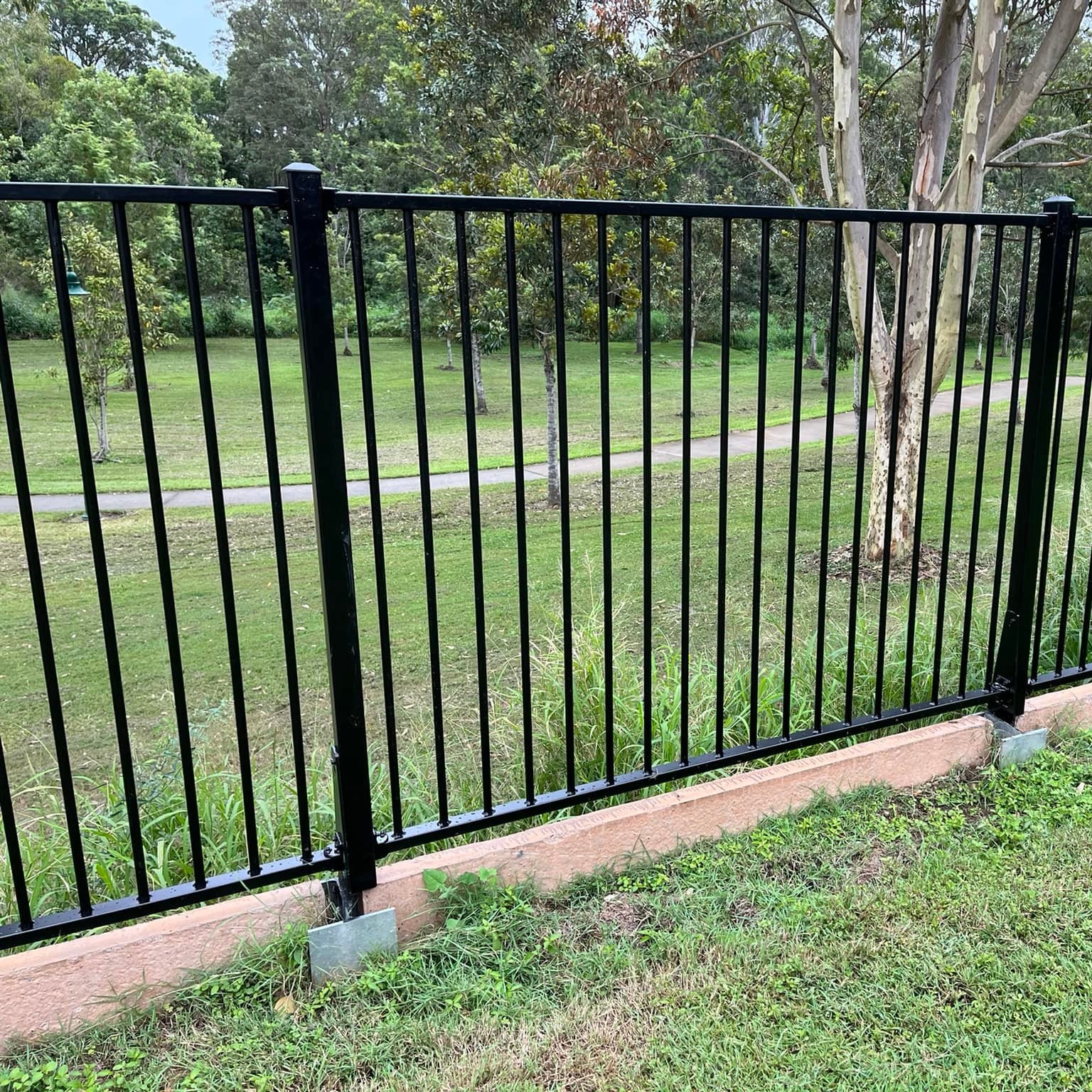Aluminum fences have become a widely adopted solution f […]
Aluminum fences have become a widely adopted solution for both residential and commercial applications due to their durability, corrosion resistance, and low maintenance needs. As market demand and architectural diversity have increased, aluminum fencing has evolved in terms of structure, design, and installation style. To better understand and select appropriate products, it is useful to examine the different types of aluminum fences as classified by various methods. These classifications can be based on design style, functional use, manufacturing process, and installation structure, among other factors.

One of the common ways to categorize aluminum fences is by their aesthetic design and decorative appeal. Different design styles accommodate various architectural themes and personal preferences.
a. Picket Style Fence
This is a traditional style characterized by vertical bars (pickets) evenly spaced along horizontal rails. It is commonly used in residential settings to enclose front yards, gardens, or pools.
b. Privacy Fence
Although aluminum fences are typically open in design, some models include closely spaced panels or louvers to block visual access. These fences are suitable for areas where privacy is a priority.
c. Ornamental or Decorative Fence
Ornamental aluminum fences feature detailed elements such as scrolls, finials, and arches. These are often used for enhancing curb appeal in upscale residential or institutional properties.
d. Contemporary or Minimalist Fence
This modern design includes straight lines, smooth finishes, and simple geometry. It fits well with minimalist architectural styles and urban environments.
Aluminum fences serve various purposes, and they can be classified accordingly:
a. Residential Fence
These are generally lighter in construction and designed for typical home use. Their main functions include boundary marking, garden protection, and pet containment.
b. Commercial Fence
Used in retail, office, or mixed-use properties, commercial-grade aluminum fences are designed to offer a balance of aesthetics and moderate security.
c. Industrial Fence
These fences are heavier and more robust. They are primarily used for securing warehouses, factories, and utility sites, offering enhanced resistance to impact and intrusion.
d. Pool Fence
Specifically designed to meet safety regulations, pool fences prevent unauthorized access to swimming pools. They often feature self-closing and self-latching gates.
The way an aluminum fence is manufactured influences its performance and application.
a. Extruded Aluminum Fence
Many aluminum fences are made using extrusion, a process where aluminum is forced through a shaped die. This method results in strong, uniform sections ideal for both structural and decorative applications.
b. Cast Aluminum Fence
Less common, this method involves pouring molten aluminum into molds. Cast aluminum fences are often more ornate and used in specific architectural styles that require custom elements.
Surface treatment plays an essential role in the appearance and longevity of aluminum fences.
a. Powder-Coated Aluminum Fence
Powder coating provides a durable, weather-resistant finish and is available in various colors. This is the widely used finishing technique for aluminum fencing due to its long-lasting results.
b. Anodized Aluminum Fence
Anodizing enhances corrosion resistance and provides a metallic finish. This method is often used for fences exposed to coastal or chemically aggressive environments.
Different installation techniques result in varying levels of mobility and permanence.
a. Panel-and-Post Fence
This is a modular system in which preassembled panels are attached to posts. It offers fast installation and uniform appearance, and it is commonly used in residential and commercial settings.
b. Welded-on-Site Fence
In this method, the fence components are welded together during installation. It is generally used for custom or heavy-duty applications where additional strength is required.
c. Portable or Temporary Fence
These fences are designed to be easily moved or repositioned. While less common for aluminum fencing, they can be used for events, exhibitions, or short-term perimeter control.